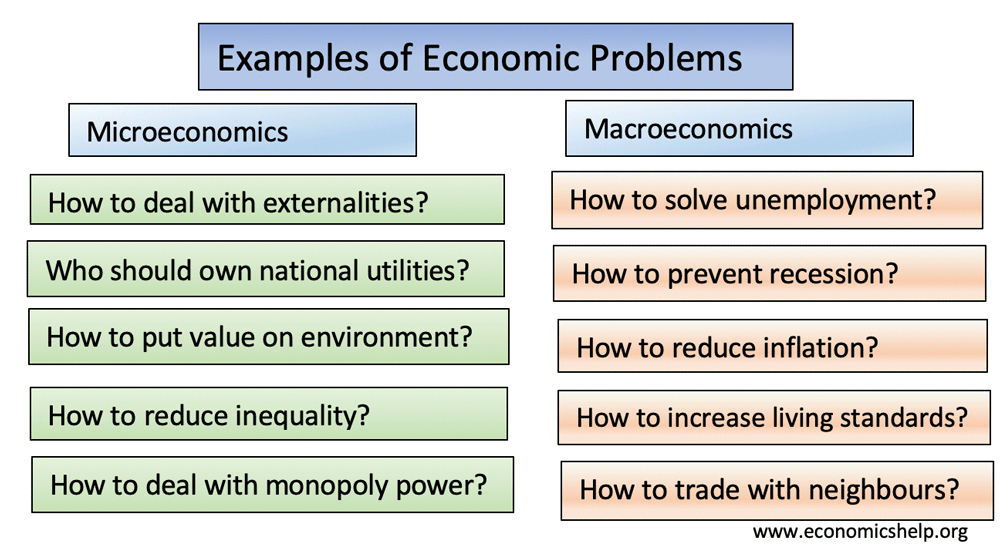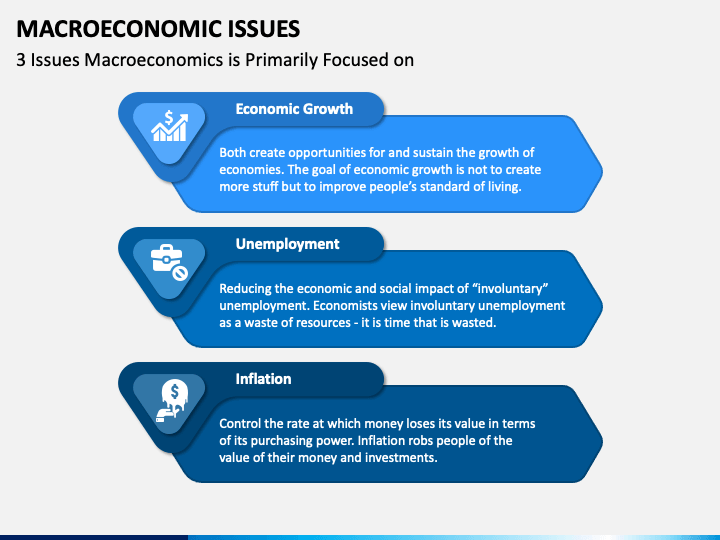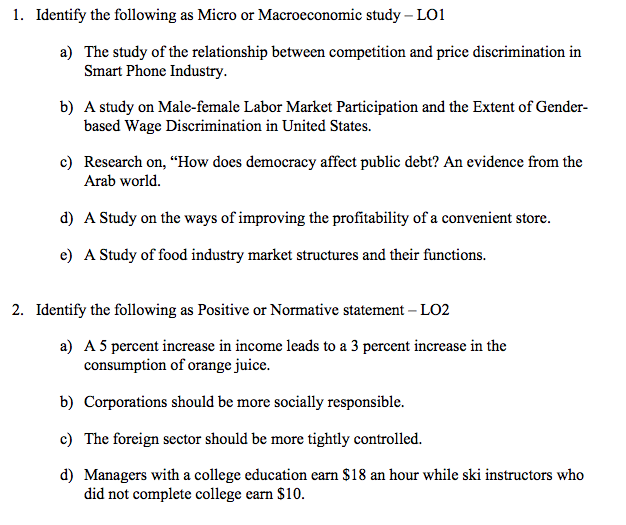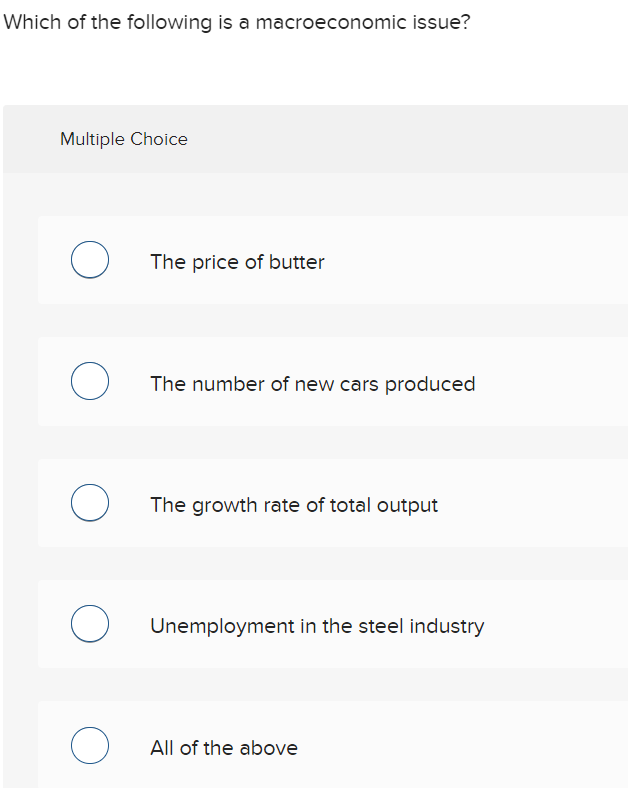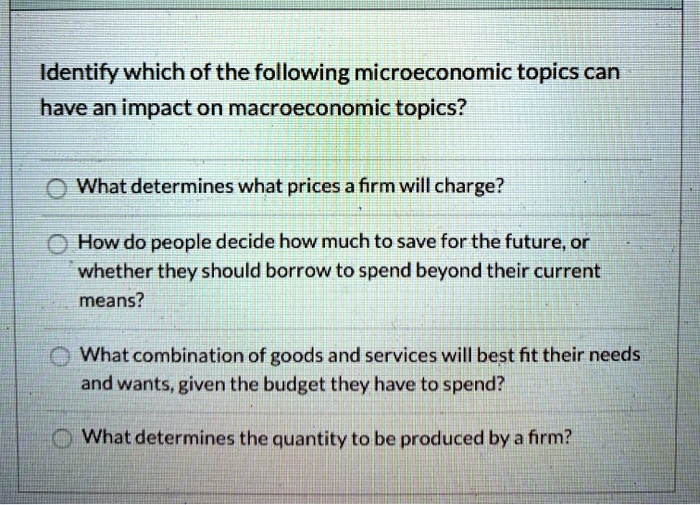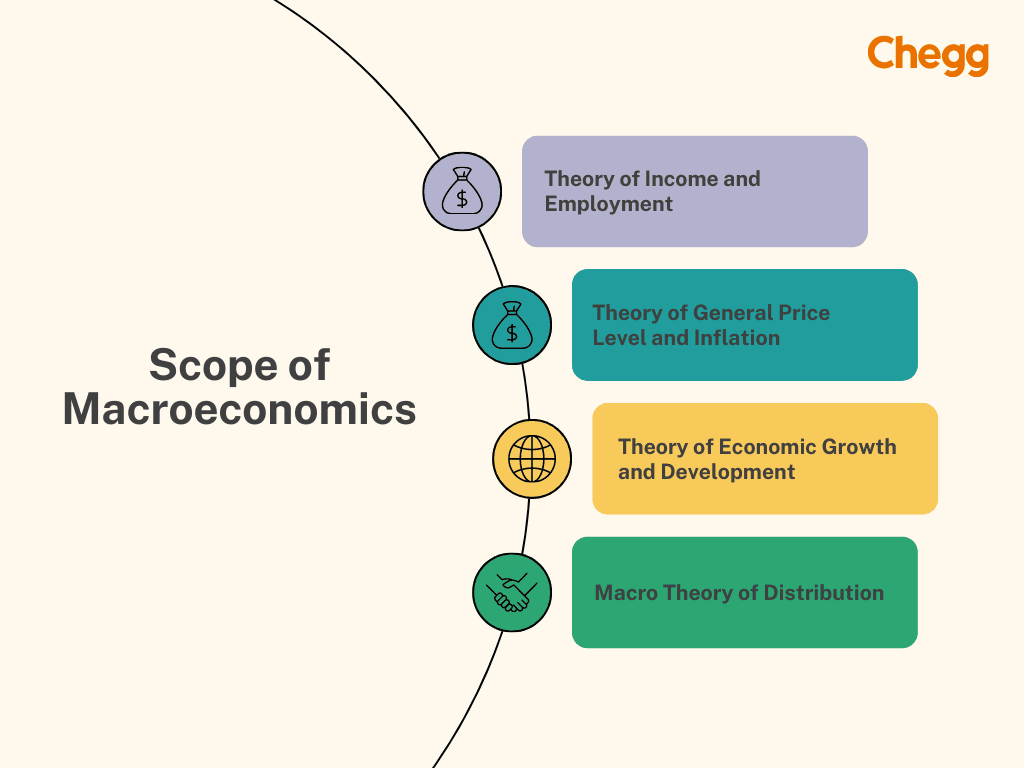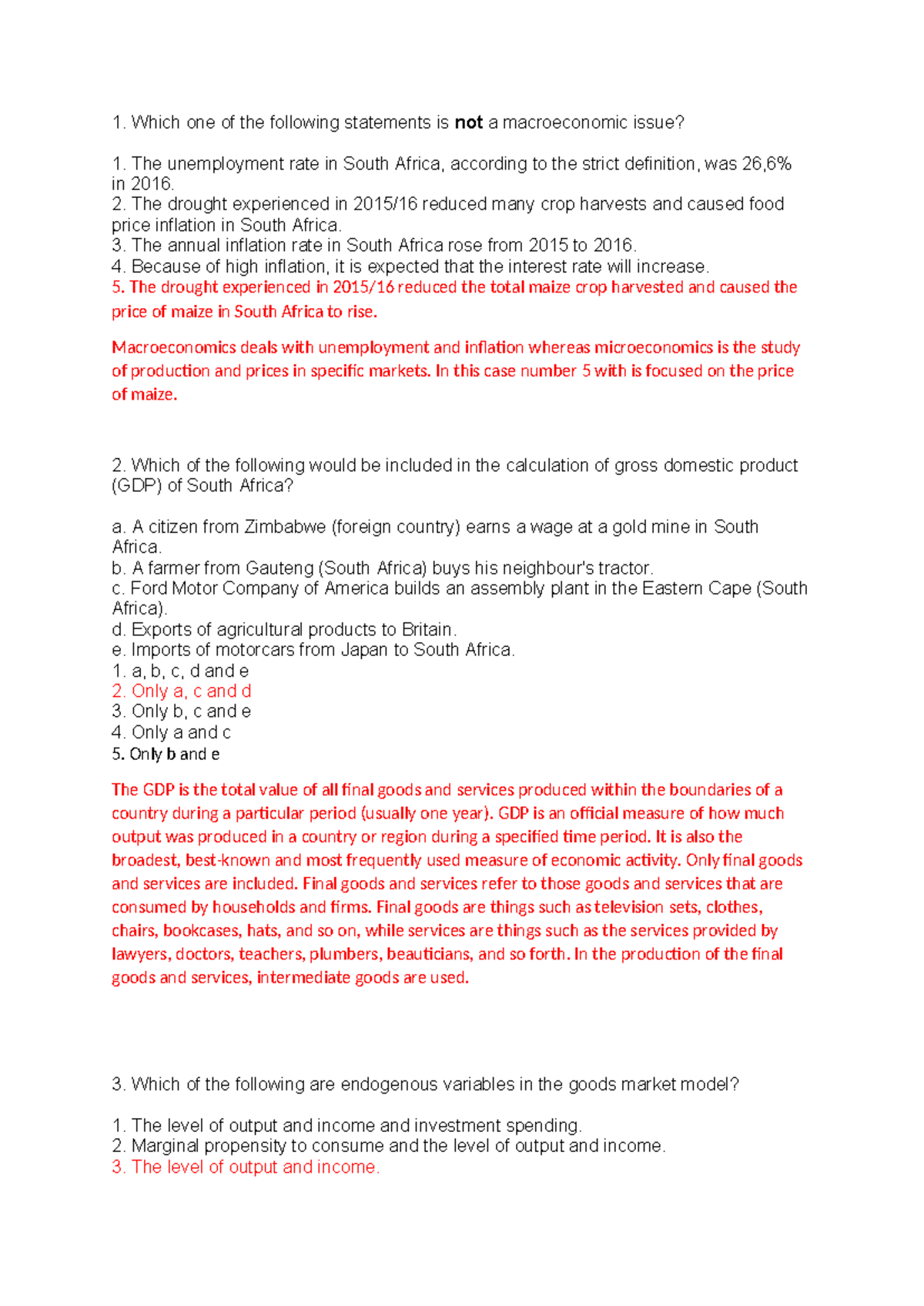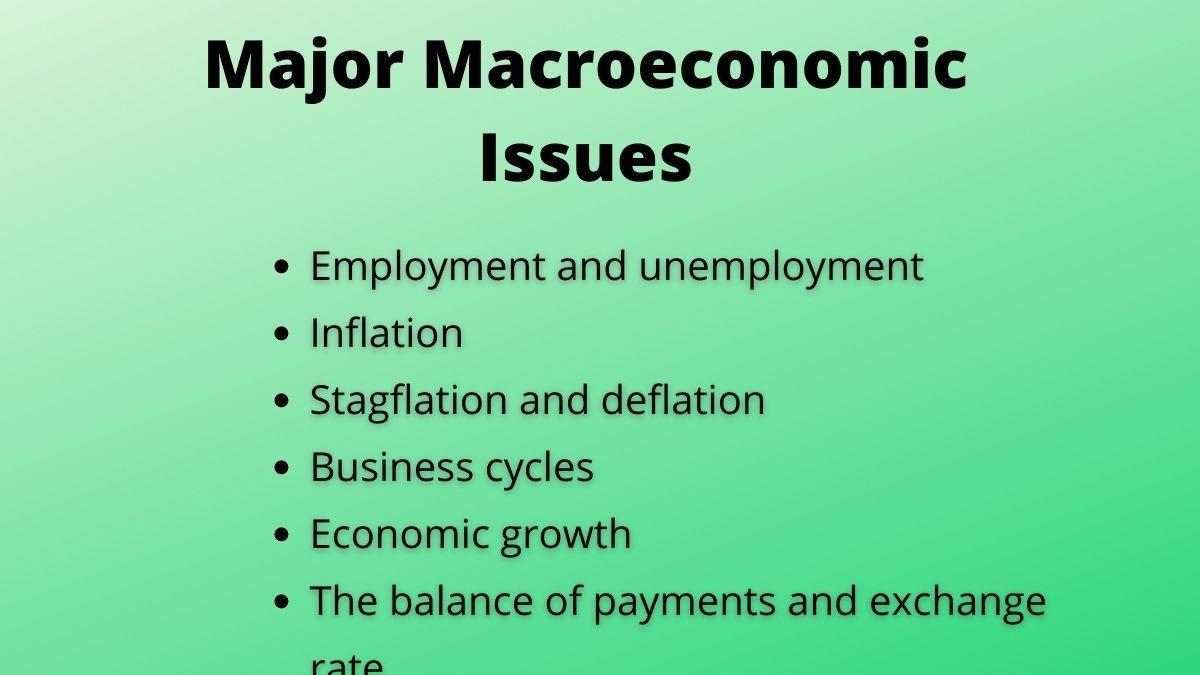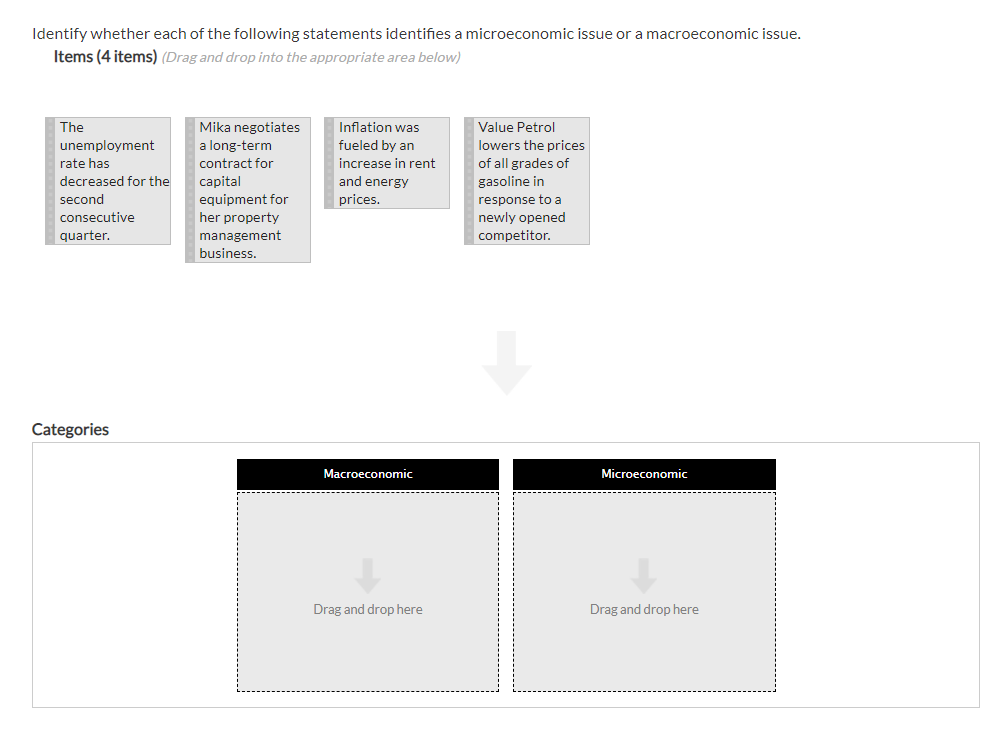Identify The Macroeconomic Issue Among The Following Statements
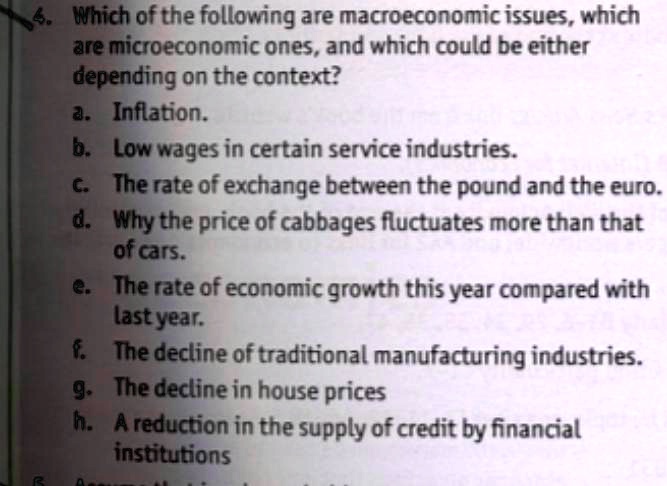
Alarm bells are ringing as economists grapple with a series of conflicting economic signals. Identifying the root cause of these discrepancies is now paramount to avoid potential economic instability.
This article dissects the crucial macroeconomic issue obscured within a set of seemingly disparate economic statements. It will provide an overview of the urgent need for clarity in economic policy.
Decoding the Economic Signals
The core challenge lies in distinguishing between several macroeconomic phenomena. These are all presenting symptoms that might appear interconnected, yet require distinct policy responses.
Statement 1: Rising Inflation Despite Stagnant Wages
Inflation continues to climb, exceeding the central bank's target rate of 2%. However, wage growth remains stubbornly low, eroding purchasing power for many households.
According to the Bureau of Labor Statistics (BLS), the Consumer Price Index (CPI) rose 4.9% in April, exceeding expectation, while real wages have decreased by 3% year on year.
This divergence fuels fears of stagflation – a toxic combination of slow economic growth and high inflation.
Statement 2: Increase in Government Debt and Deficit
Government borrowing has surged to finance pandemic-related stimulus measures and infrastructure projects.
The Congressional Budget Office (CBO) projects that the federal debt will reach 195% of GDP by 2053. This raises concerns about long-term fiscal sustainability.
Critics warn of crowding out private investment and burdening future generations with debt.
Statement 3: Supply Chain Disruptions and Production Bottlenecks
Global supply chains are still struggling to recover from the pandemic. This has led to shortages of key components and raw materials.
The Institute for Supply Management (ISM) reported that supplier delivery times remain elevated.
This exacerbates inflationary pressures and limits economic output, as confirmed in a recent report by the IMF.
Statement 4: High Employment Rate but Low Labor Force Participation
The unemployment rate has fallen to 3.6%, nearing pre-pandemic levels.
Despite this, the labor force participation rate remains below its pre-pandemic level, indicating that many people have left the workforce.
The reason cited most often is early retirement and childcare demands. This contributes to labor shortages and wage pressures in specific sectors.
The Underlying Macroeconomic Issue: A Confluence of Factors
The key macroeconomic issue is not a single problem, but rather a complex interplay of factors. Supply-side constraints, fiscal policy, and labor market dynamics are all at play.
The primary driver is arguably supply-side inflation, fueled by supply chain disruptions and exacerbated by increased government spending.
This is creating a challenging environment for policymakers trying to balance economic growth with price stability.
Immediate Actions and Next Steps
The Federal Reserve is under intense pressure to raise interest rates to combat inflation. However, this could slow economic growth and potentially trigger a recession.
The government needs to address supply chain bottlenecks by investing in infrastructure and streamlining regulations.
A comprehensive approach is needed to address the underlying issues and restore economic stability. The President addressed the public on July 28th emphasizing that this will take time.

